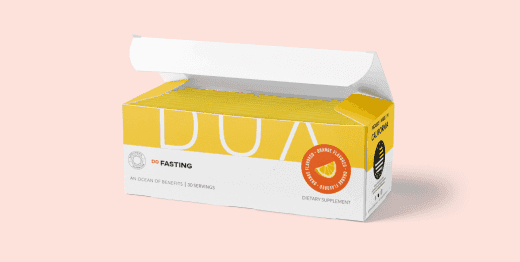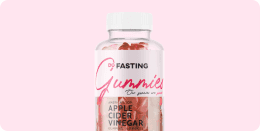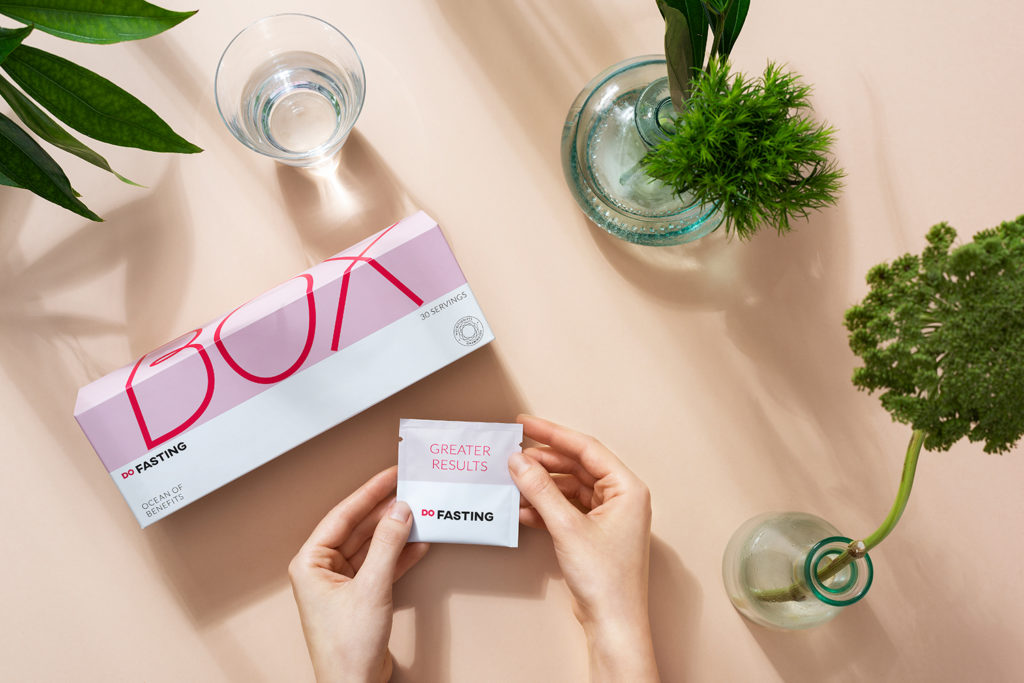Contents
What Is Intermittent Fasting 16/8?
The 16:8 fasting method means you fast for 16 hours and then have your meals during the 8-hour window. This plan is relatively effortless to follow. If you tend to eat a late breakfast and an early dinner the 16/8 method will be easy for you!
You can have your first meal at noon and your last meal at 8 p.m. If you’re a fan of breakfast, have it at 8 a.m. and then stop eating after 6 p.m. It’s not an easy task for late snack lovers, but it sure brings results.
Take a
1-minute quiz
and discover how much weight you can lose with DoFasting!
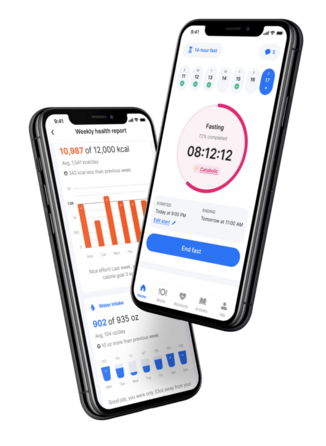
What (Not) to Eat During Intermittent Fasting
One mistake that beginners often make is eating anything and everything during their every eating window. They erroneously believe that all calories are equal and that their body will burn what they eat during the next fasting stage.
The body, of course, burns calories, and especially fat, during your fast, but for the best results, you should still mind your diet.
Also read: Why Intermittent Fasting Is the Best Way For Your Weight Loss
Knowing what to eat after your fasting window will help you reach your goals of weight-loss and living healthier. Some foods to avoid during intermittent fasting:
- Fast Foods
- Processed Foods
- Sweets
- Simple Carbs
- Sugary Sodas
- Sweetened Fruit Juice
Healthy Foods to Enjoy During Your Eating Window
Calories still count, and you should get the most nutrition possible from every calorie you eat. Ideally, you should eat the same types of healthy foods during IF that you would eat on any healthy diet. That means eating lots of vegetables, lean protein, healthy fats, seafood, whole grains, dairy, and legumes.
While these food groups hold the key to your intermittent fasting success, some choices are still better than others.
Veggies – Incorporate a lot of cruciferous veggies such as broccoli, cauliflower, and brussel sprouts into your diet. They have more fiber to aid in digestion, and they also help you feel fuller.
Beans & Legumes – Black beans, chickpeas, and peas are not only good for increasing your energy but are also a good source of protein.
Fruits & Berries – You want to avoid overloading on fruit since they contain a lot of natural sugar that interferes with insulin levels. Berries are a better choice because of the high nutrient and antioxidant content. Adding berries and nuts to salads will help you get a diversity of nutrition in a single delicious serving.
Nuts – Nuts contain good fat and a lot of antioxidants. Although nutritious, they are also high in calories. Almonds, walnuts, hazelnuts, cashews are a great choice.
Protein – Lean beef, chicken, and seafood are all good sources of protein. Eggs are another good source and they are fast and easy to prepare. Eating more protein helps satisfy your hunger longer. It also helps you build muscle that is needed to boost your metabolism.
Seafood – Seafood is packed with nutrients, especially omega-3 fatty acids. People who normally eat more Omega-3 reduce their risk of heart disease, dementia, and depression. Salmon, shrimp, and trout are some perfect nutrient-dense choices.
Whole Grains – Whole grains are another good protein source that is also rich in fiber. For rice and bread – choose whole grain ones.
Also, try some new foods like sorghum, spelt, or kamut, and maybe you’ll find something that fits your taste and your new eating style.
Healthy Fats – Nuts and seafood are good sources of healthy fats. When selecting fats for cooking, olive oil and coconut oil are your best choices.
Dairy – You might be tempted to eat low-fat dairy, but it isn’t the best choice.
Low-fat dairy products often also have fewer nutrients.
Take a
1-minute quiz
and discover how much weight you can lose with DoFasting!

What to Drink During Intermittent Fasting
It’s probably no surprise that you should drink plenty of water to keep you hydrated during both phases of IF. But you aren’t limited to drinking water.
You can also have zero-calorie beverages during both the fasting and eating window. However, artificial sweeteners in diet sodas can trigger sugar cravings.
Another option is bone broth. Bone broth is notorious for its incredibly high nutritional value and also helps to fight food cravings. However, while bone broth isn’t likely break your fast, it still has some calories, and our advice is to avoid extra calories during your fasting period.
It will be easier for your body to start burning calories, and you’ll feel the positive effects of intermittent fasting way sooner!
Click here to find the best bone broth recipes.
Many people find that having a cup of tea or coffee in the morning helps them stay on schedule and skip breakfast. Just remember to stick with black coffee and not add any cream or sugar.
Read more on: What Can You Drink During Intermittent Fasting?
Take a
1-minute quiz
and discover how much weight you can lose with DoFasting!

Bottom Line
There aren’t any unbreakable rules on what to eat during intermittent fasting. The most important thing is to stick with the schedule and eat as healthy as possible.
If you reduce the number of calories you eat and make more nutritious choices, you can count on losing weight and feeling better.
See how DoFasting will improve your life
Find out what works for you with this 60-sec quiz approved by our experts and get your personal revolutionary fasting assistant.
Start the Quiz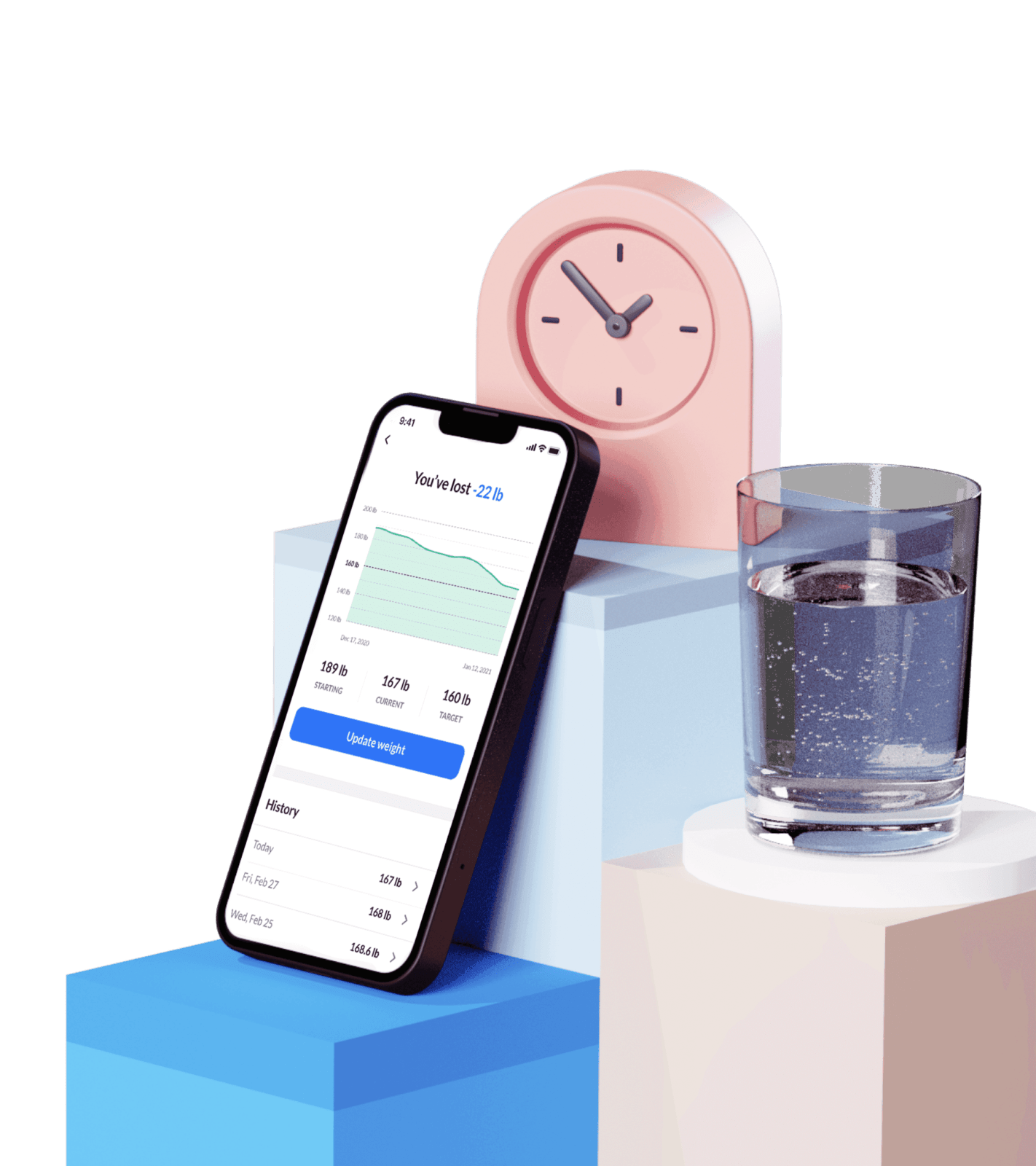
This is an evidence-based article that includes scientific citations. DoFasting’s professional writers and editors prepared the content, which a team of medical experts verified to be accurate.


